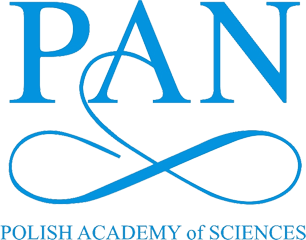Polish Particle and Nuclear Theory Summit (2PiNTS) 2024
Aula
Institute for Nuclear Physics -- Polish Academy of Sciences (IFJ PAN)
The 2024 Polish Particle and Nuclear Theory Summit will be held 11-13 September, 2024 at the Institute for Nuclear Physics (IFJ PAN) in Krakow, Poland. This mini-workshop aims to bring together the particle and nuclear theory community in Poland in order to discuss current research topics and new ideas. The workshop features a dedicated Early Career Researcher session. All talks at the workshop are expected to be in person. We are looking forward to your participation!
Dates: after lunch Sep 11 (W) -- late afternoon Sep 13 (F). We anticipate most participants from outside Krakow to travel/arrive Wednesday morning.
Deadline for submitting abstract to Early Career Session: 12 August 2024 26 August 2024 Closed
Deadline for hotel discount: 1 September 2024 Closed (but try your luck)
Deadline for registration: 4 September 2024 Closed (open for IFJ staff/students)
Special discussions:
-- Outlook for NCN funding
Physics topics:
-- LHC physics
-- EIC physics
-- searches for new physics
-- dark matter and astroparticle physics
-- neutrino masses and oscillations
-- precision QCD and loop computations
-- nuclear and proton parton distribution functions
-- quark-gluon plasma
-- collinear and kT factorization
-- ultra peripheral collisions
-- formal developments
-- many more!
Registration fee: 0 PLN. Coffee, tea, and snacks will be provided during breaks. (Everyone is on their own for meals!)
Limited local support is available for speakers from outside Krakow. [Discounted hotel rates (click here) available for all participants.]
Questions can be directed to: nz42.activities [at] ifj.edu.pl
Short URL to this page: https://indico.ifj.edu.pl/e/2pints2024



